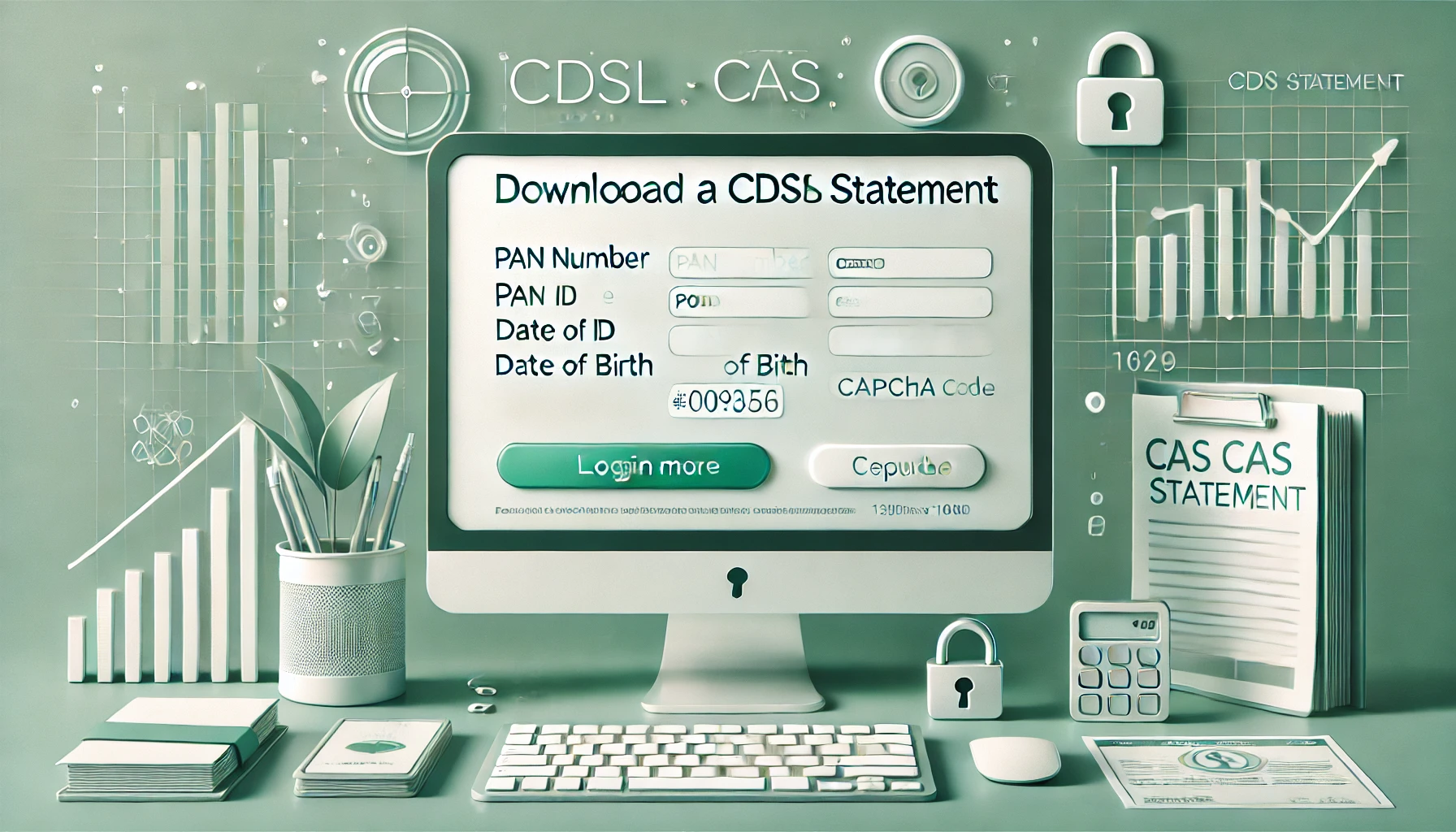
Covered Bonds vs Perpetual vs AT1 Bonds Explained
Covered bonds, perpetual bonds, and AT1 bonds look similar but behave very differently. Le...
When you start with a 60 percent equity and 40 percent debt plan, markets don’t care about your neat ratios. If equities rally for months, your 60 can quietly morph into 68 and you’re taking more risk than you signed up for. Rebalancing is the simple habit of nudging the mix back to target so the risk you carry stays intentional, not accidental. There are two popular ways to do it: calendar and threshold. Many investors end up using a hybrid of both.
Drift is the gap between your target allocation and your current weights. Left alone, drift changes your risk and the path your portfolio can take. Rebalancing forces you to trim a bit of what ran up and add to what lagged, which keeps risk aligned with your plan rather than with headlines. Large managers and research houses frame rebalancing exactly this way: a discipline to control tracking error and behavior, not a way to time markets.
How it works: you pick a fixed review date and reset back to target on that schedule - monthly, quarterly, half-yearly, or annual. It’s easy to communicate and simple to execute alongside salary-day contributions.
Pros:
Cons:
Indian personal-finance coverage commonly suggests a half-yearly or annual cadence for most investors, with more frequent checks only if you run active strategies.
How it works: you act only when an asset’s weight drifts beyond a tolerance band. Two popular rules of thumb:
Pros:
Cons:
The 5/25 approach is widely documented in investor literature and explainers, and major managers discuss tolerance-band methods explicitly.
In practice, many people review on a schedule and act only if bands are breached. Example: check every six months; rebalance only if your equity sleeve is more than 5 percentage points away from target. This keeps the calendar’s discipline without overtrading when markets are quiet. Large asset managers outline this exact hybrid method as a sensible default.
Start simple. If you’re building long-term wealth with mutual funds:
Tighten bands only if you’re willing to monitor more closely and your friction costs are low. This aligns with India-focused guidance that favors semi-annual or annual reviews for most investors.
Rebalancing doesn’t live in a vacuum. Each trade can create costs and, in taxable accounts, capital gains. A few simple habits reduce the drag:
Academic and manager research is clear: more-frequent calendar rebalancing lowers tracking error but raises costs; threshold methods can be more efficient when contributions are available.
60/40 with a plus/minus 5 band
Act at 65/35 or 55/45. If equity is 66, redirect a month or two of contributions into debt first; if it stays above 65, sell enough equity to bring it back to 60/40.
5/25 on a 10 percent gold sleeve
You act if gold goes below 7.5 percent (25 percent below target) or above 12.5 percent (25 percent above target), or if it crosses a 5 percentage-point absolute move whichever condition your rule specifies.
You may read that SEBI now expects mutual funds to fix certain portfolio breaches within 30 business days. That’s a rule for fund houses and scheme management, not for your personal portfolio. It doesn’t tell you how often to rebalance, but it does underline how the Indian regulator values timely course-correction when allocations go off-spec.
Pick one approach, write it down, and follow it. A hybrid rule - check every 6 or 12 months and act only if your plus/minus 5 band is breached - balances discipline with common sense. Your risk stays on plan, your effort stays low, and your portfolio doesn’t wander off just because markets did.
For most long-term investors, half-yearly or annual checks with a sensible band are enough. If volatility is extreme or you enjoy tighter control, add a simple threshold so you can act between dates.
It’s not about juicing returns; it’s about keeping risk aligned to plan and avoiding unintended bets. In some periods it can help or hurt headline returns, but its main value is risk control and behavior discipline.
Some platforms, target-risk funds, or robo features do this under the hood. If you invest via a do-it-yourself mutual-fund portfolio, a calendar reminder plus tolerance bands is a near-automatic workflow with very little effort.
Start with plus/minus 5 on the big sleeves and the 5/25 rule on smaller sleeves. You can tighten later if you want more precision and you’re comfortable monitoring.
Try to rebalance using new money first. If you must sell, prefer minimal-gain lots and keep your review cadence reasonable so you’re not trading every minor wiggle.
Disclaimer: This content is for education and general information only. It is not a recommendation or a solicitation to buy or sell any financial product. Investing involves risk, including possible loss of capital. Figures and illustrations are examples, not guarantees. Product features, limits, and rules may change - please review the latest scheme and bank documents before acting. For decisions tailored to your situation, consult a qualified financial professional registered with SEBI. Past performance is not indicative of future results.
Finnovate is a SEBI-registered financial planning firm that helps professionals bring structure and purpose to their money. Over 3,500+ families have trusted our disciplined process to plan their goals - safely, surely, and swiftly.
Our team constantly tracks market trends, policy changes, and investment opportunities like the ones featured in this Weekly Capsule - to help you make informed, confident financial decisions.
Learn more about our approach and how we work with you:
Popular now

Learn how to easily download your NSDL CAS Statement in PDF format with our step-by-step g...

Explore what Specialised Investment Funds (SIFs) are, their benefits, taxation, minimum in...

Learn How to Download Your CDSL CAS Statement with our step-by-step guide. Easy instructio...

Looking for the best financial freedom books? Here’s a handpicked 2025 reading list with...